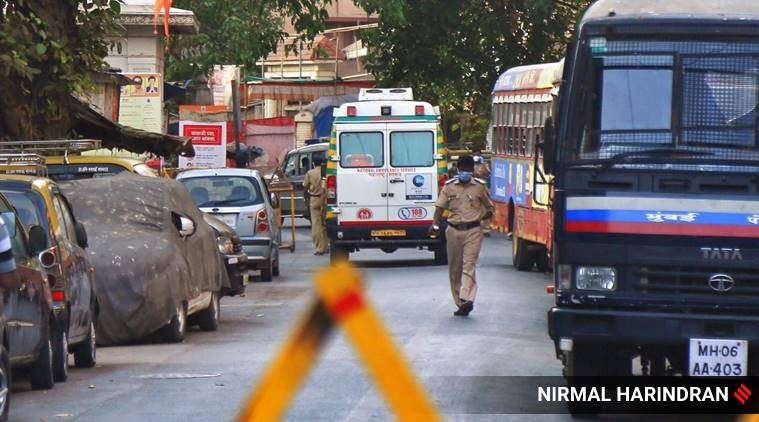 Data shows that T ward has traced a little over 5,000 high-risk contacts till now, which is the lowest among all wards. (Representational)
Data shows that T ward has traced a little over 5,000 high-risk contacts till now, which is the lowest among all wards. (Representational)
In the last two weeks, T ward, which covers Mulund, has seen a steep increase in the number of Covid-19 cases. Till June 2, before the lockdown was relaxed in the state, the area had only reported 832 cases. Two weeks later, the number has risen by 101.4 per cent to 1,676 cases.
What compounds the problem further is the ward’s low contract tracing ratio – while 3.5 contacts are traced per positive patient here, Mumbai’s expected average is 10.
According to BMC officials, wards that saw less cases initially have started seeing a substantial rise in the numbers. “Wards like R N and R C also had a few cases initially, but suddenly there has been a spike. Even we are clueless on how this is happening,” T ward officer Kishor Gandhi said.
Officials claimed that the failure of the local residents to follow social distancing norms have led to the spike. “A sizeable portion of local residents are custom clearing agents, who have been travelling frequently across Mumbai. The failure to maintain social distancing rules in vegetable markets has also made the population vulnerable to infections,” said a civic official.
“More than 1,000 people got infected after the lockdown was relaxed. Since then, markets have beeen filled with people and no one is observing social distancing. I have seen people sharing cigarettes, triple riding without masks and travelling with four persons in cars,” Mulund MLA Mihir Kotecha said.
BMC officials said that unlike popular perception that slum pockets are more vulnerable, the ward has witnessed a rise in cases in gated societies. “The numbers of cases from the slum pocket is well under control. We are trying to ascertain how cases are constantly increasing in the residential societies,” Gandhi said.
Also, BMC does not seem to have been very aggressive in conducting contact tracing in the ward.
In the last week of May, BMC Commissioner Iqbal Singh Chahal had instructed that for every Covid-19 positive patient, at least 15 close contacts should be traced in slums. While the contact tracing ratio for T ward is as low as 3.5 persons per patient, in some instances, not a single high-risk contact has been traced after a positive case was reported.
A 39- year-old security guard had got himself tested on May 26. “The next day, I was informed that I have tested positive. I went to Mithaghar Municipal School (a makeshift Covid care centre) and got myself admitted,” he added.
However, no contact tracing was conducted, as no one from the BMC approached him. Also, none of his family members were quarantined or tested.
Days later, his wife and father started showing symptoms of Covid-19. His father went on to test positive on May 28 and passed away at a local hospital on June 10. “None of the BMC officials approached me or my family after I tested positive. Only once a disinfecting team visited our place,” the guard said.
Data shows that T ward has traced a little over 5,000 high-risk contacts till now, which is the lowest among all wards. Of the 5,000, 2,779 were quarantined. With 116 residential buildings sealed and 10 containment zones in slums and chawls, the ward ranks low among all wards on these parameters too. When it comes to screening senior citizens, BMC has checked 6,697 people here.
BMC officials claimed people living in societies refuse to go to quarantine centres. “They say they don’t want to be in institutional quarantine, as they have their own toilets and bathrooms. Many a times, we have taken help from the police in taking them to quarantine centres,” added Gandhi.